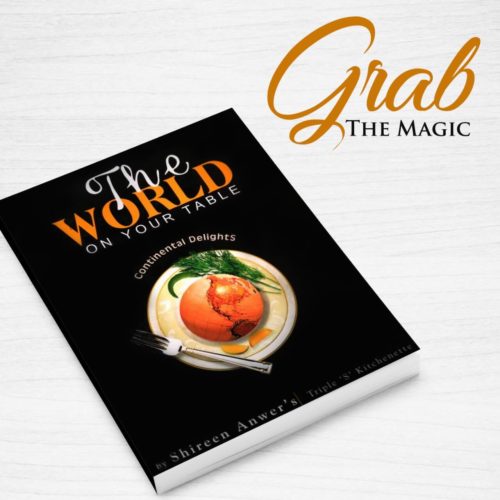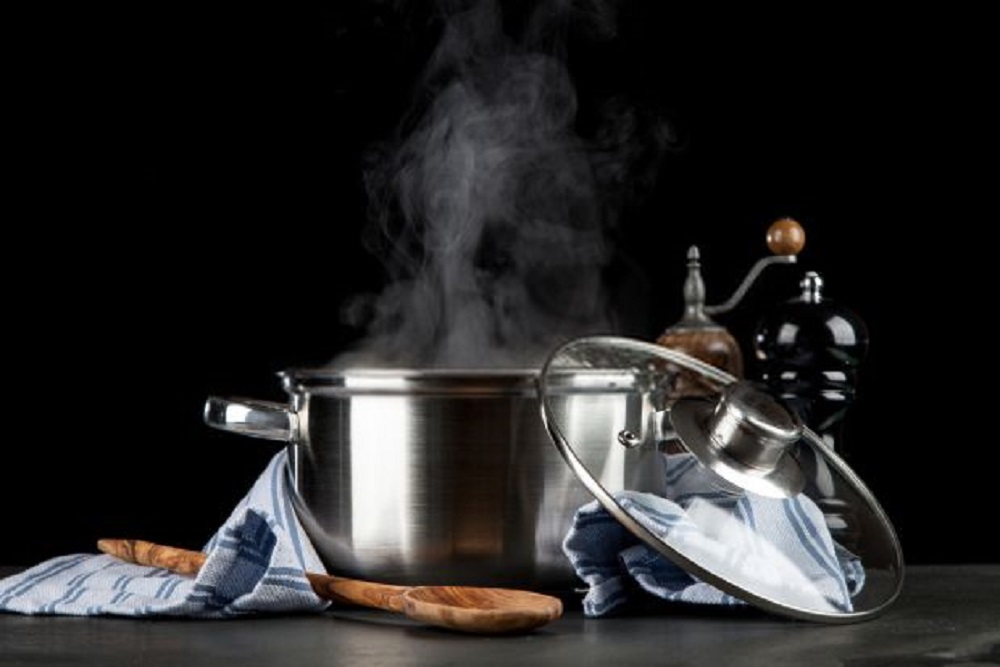Very closely followed by the hiss of hot steam pouring out from the nozzle on that evil contraption on your stove. How it would fill our tiny little kitchen with the hot aromatic fumes that either made you run for the hills or simply burst into tears. The aftermath of cooking with the beast usually left a sequence of turmeric stains on the walls and ceiling which seemed to be a common feature in many kitchens.
What is the Purpose of a Pressure Cooker?
This pan cooks your food under pressure which reduces the time the food takes to cook. Almost the opposite of a slow cooker this is a contraption that cooks high and fast. There are many benefits for doing this and as with everything I think it’s a great addition to use as part of your food preparation.
How does a Pressure Cooker Work?
The cooker uses steam in a secure sealed pot to cook food. When you heat the pot the liquid boils and turns to steam, when it’s trapped in a sealed pot the pressure begins to build. The high pressure cooks the food by transferring heat energy from the steam into the food. It cooks the food more quickly because it increases the boiling temperature of the liquid in the pot (because it’s under pressure) and the pressure forces extra hot liquid into the food.
How to use a Pressure Cooker?
- Add food & liquid in the pot – you can also use these pots to sauté onions or create sauces before adding you main ingredient.
- Close the lid, ensure valve is at the correct position
- Select pressure setting – turn heat on high and wait for the pressure to build up inside the pot.
- Start cooking under pressure – start you cooking timer. Most pressure cookers cook at 2 levels – low pressure and high pressure so depending on what you are cooking you will leave the heat high to cook under high pressure or turn it down so it simmers on low. Think about what you are cooking – a tough joint of meat will take longer then potatoes.
- Release pressure








